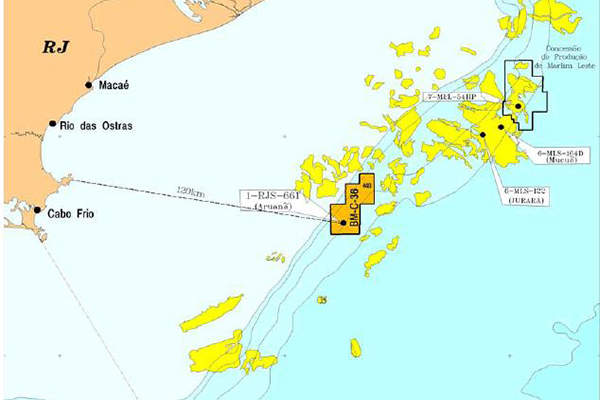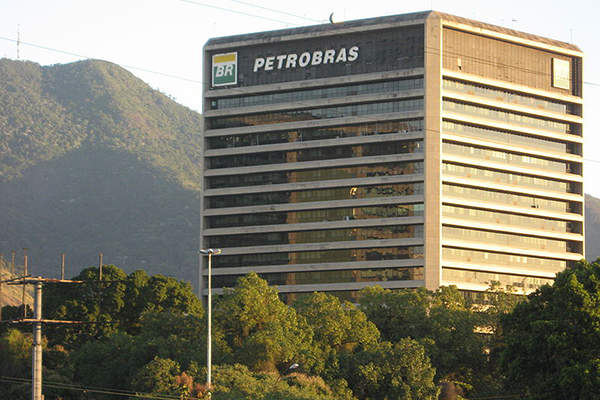Tartaruga Verde (formerly Aruanã) and Tartaruga Mestiça (formerly Oliva) fields are located in concession BM-C-36 (block C-M-401) in the post-salt of Campos Basin, Brazil. The block is solely owned by Petrobras.
Production will initially start from a well at Tartaruga Verde in 2017 while the start of commercial production from Tartaruga Mestiça is scheduled for early 2018.
Tartaruga Verde is located approximately 127km from the city of Macaé, off the coast of Rio de Janeiro state, at a water depth of 976m and a total depth of 2,993m. The Tartaruga Mestiça field is located 5km north-east of the Tartaruga Verde field, at a water depth of 934m and a total depth of 2,870m.
The Tartaruga Verde field also extends into the non-contracted pre-salt Polygon area, due to which Petrobras signed a production individualisation agreement (PIA) with Pré-Sal Petróleo (PPSA) in November 2014. Following the grant of approvals, PPSA, who represents the Brazilian Federal Government, will participate in oil and natural gas production and development operations in the area.
Discovery of the Campos Basin fields
Petrobras acquired the Block BM-C-36 in the seventh round of bidding held by the National Petroleum Agency (ANP) in October 2005.
It discovered the Tartaruga Verde field in August 2009, by drilling the 1-BRSA-713-RJS (1-RJS-661) exploratory well at a water depth of 976.5m. The Campos Basin field was further appraised in June 2011 by drilling the 1-RJS-661 well.
Geology and reserves
The fields hold good quality oil, with 27º API oil gravity, in Albian-age carbonate reservoirs. The Tartaruga Verde field is estimated to hold 230 million barrels of oil equivalent (MMboe), whereas the Tartaruga Mestiça field is estimated to hold 121MMboe.
Development details of the Brazilian deepwater fields
The project will involve the installation of a floating production, storage and offloading (FPSO) vessel, and drilling of production and water injection wells.
The supply, charter and operations contract for the FPSO was awarded to Modec and Schahin Group in December 2014. Modec further established the Tartaruga MV29 (MV29) company in April 2009, in which it holds a 29.4% interest in partnership with Mitsui (32.4%), Mitsui OSK Lines (MOL – 20.6%) and Marubeni Corporation (17.6%).
The MV29 companies will collaborate to invest and develop the FPSO project. The charter period for the FPSO named Cidade de Campos dos Goytacazes MV29 is for 20 years, applicable from the first year of production.
FPSO Cidade de Campos dos Goytacazes MV29 details
The FPSO will be moored at a water depth of 765m and capable of accommodating up to 62 flexible risers and umbilicals. The deadweight tonnage of the vessel will be 248,000t.
Cidade de Campos dos Goytacazes MV29 will have a processing capacity of 150,000 barrels of crude oil a day or 180,000 barrels of total fluids a day, 176 million standard cubic feet of gas a day, 200,000 barrels of water injection capacity, and a crude oil storage capacity of approximately 1.6 million barrels.
Contractors involved
The FPSO vessel structure design works are being performed by Viking Systems, while the spread mooring system for the FPSO will be classed by ABS and designed and supplied by Modec’s subsidiary Sofec.










